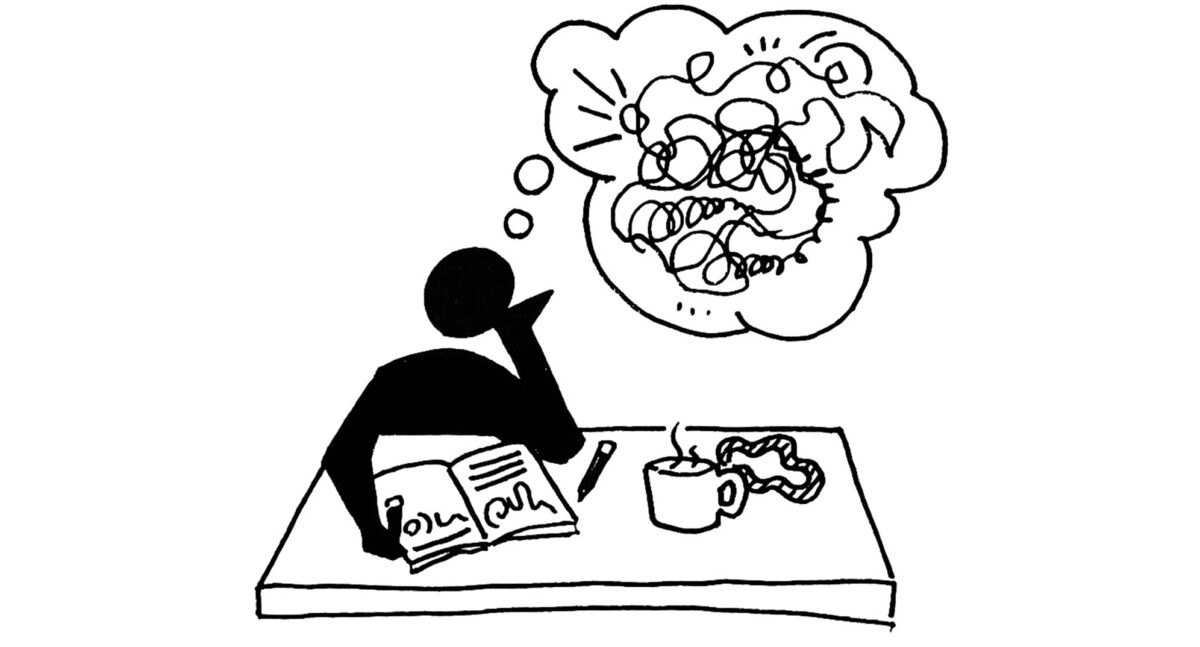Storyboarding is a series of images showing the key elements and interactions of a new scenario. The power of a good story lies in its ability to capture people’s imagination, and take them to new places. Such was certainly the case in the work of master storyteller Walt Disney, who once said, “In our studio we don’t write stories, we draw them.” In so doing, he and his team visualized a preview of their work before going into full production.
Stories give action to ideas and place them in a context of use. Therefore, Storyboarding is an ideal way to visualize people experiencing your new idea in action. Since storyboards are built using images—a common language that all involved can understand— they can help teams communicate ideas more clearly and evocatively than words alone. Storyboards don’t have to be masterful pieces of artwork; they just need to convey a meaningful sequence of events. Even primitive drawings can help you envision the possibilities of new interactive, cinematic, or transactional experiences.
STEPS:
- Identify an idea or concept to develop.
- Make a poster containing 10-12 blank rectangles.
- Assemble a diverse group of collaborators.
- Equip them with a set of basic drawing materials.
- Draft the main story line (beginning, middle, end).
- Determine the main characters and the setting.
- Draw the key frames for a future scenario.
- Include a descriptive phrase beneath each frame.
CONSIDERATIONS:
- Use the storyboard to explain your idea to others.
- Get inspiration from the way comic books are drawn.
- Use a variety of angles (panoramic, close-up, etc.).
REFERENCES:
- LUMA Institute. (2012). Storyboarding. In Innovating for people: Handbook of human-centered design methods. essay.


